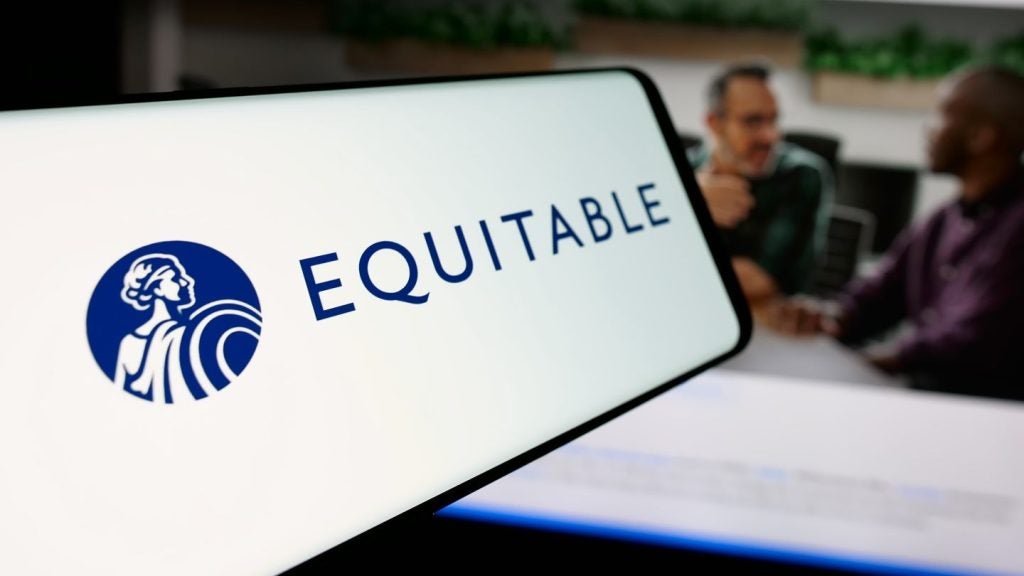Although China’s life insurance market has grown
spectacularly and holds the promise of more to come, foreign
players are losing market share ground steadily. A number have
already left, others have cut-back their exposure while China
simultaneously continues to attract new foreign
entrants.
Is China worth the effort? This is the question foreign
insurance companies must ask themselves, stresses Sally Yim, a
Moody’s Investor Services president and senior credit
officer.
“Foreign firms have made little
headway in the Chinese insurance market and to this day still
suffer from low market shares and low profitability, despite
significant growth opportunities,” says Yim.
Highlighting this, she points out
that at the end of September 2011 foreign life insurers commanded a
market share of a mere 3.7%.
Also notable is that within the
foreign life insurer group, only American International Group’s
former subsidiary AIA Group has even a semblance of a reasonable
market share. Based on premium income of CNY5.2bn ($820m) in the
first eight months of 2011, AIA’s market share was some 0.74%. This
was down from a market share of about 1% in 2009 and 1.8% in
2007.
Second-biggest foreign life
insurance player in terms of premium income is Generali China Life
which saw its market share slip significantly in the first eight
months of 2011 to about 0.35% compared with almost 0.7% in the
first half of 2010. In third position in the first eight months of
2011 was CITIC Prudential with a market share of about 0.3%.
Faring worse than
expected
Foreign life insurers are faring
worse than they anticipated. Indicating this, a 2010 study by
PricewaterhouseCoopers (PwC) found that foreign life insurers were
looking to a combined market share of 5% by 2013.
PwC noted that a 5% target by 2013
was a “dramatic” reduction compared with a survey it undertook in
2009 which found that private life insurers saw their combined
share reaching 8% in 2012. In a PwC survey in 2008, foreign life
insurers were looking to a combined market share of 10% in
2011.
Foreign life insurers enjoyed their
highest market share in 2005 when their combined premium income
stood at some CNY32bn which gave them an 8.9% market share.
Foreign general insurers have had
it even tougher, managing to garner a combined market share of only
1.1% at the end of September 2011, according to Yim. In addition,
she adds, among the 46 foreign insurers operating in China in 2010,
only 11 made a profit, which contributed negligibly to their total
group profits.
Yim notes that foreign insurers are
at a competitive disadvantage to domestic players. For example, all
foreign insurers suffer significant regulatory hurdles, from
licensing delays to restrictions on ownership and product lines.
These factors, she stresses, act as significant constraints on
their growth in China.
The country’s operating environment
has also become more competitive in recent years, says Yim. This
has compounded other problems faced by foreign insurers such as
high and rising operating costs, a lack of brand recognition and
difficulties in gaining access to distribution channels.
“Recent withdrawals by some foreign
insurers suggest that for some the growth story is losing some of
its appeal,” says Yim. “One key question raised by these recent
withdrawals is whether they mark the beginning of a broader retreat
by foreign insurers.”
Among major foreign life insurers
that have recently bid farewell to China is New York Life (NYL),
which in January 2011 announced that it had agreed to sell its 50%
stake in its joint venture (JV) in China, Haier New York Life
(HNYL). However, NYL’s sale saw the entry of Japanese life insurer
Meiji Yasuda Life into China through the purchase of half of NYL’s
stake in HNYL. The other half of NYL’s stake was acquired by its
Chinese partner, Haier Group. Subsequently, following the issue of
new shares, Meiji Yasuda Life increased its stake in the now
renamed Haier Meiji Yasuda Life to 29.24%, and Haier Group reduced
its stake to 70.76%.
Another recent notable change in
the foreign insurance landscape in China was Swiss insurer Zurich
Financial Services (ZFS) sale of a 5% stake in New China Life (NCL)
to an undisclosed buyer in early-2011. This reduced ZFS’ stake in
NCL from 20% to 15%.
Axa is another prominent European
insurer to have cut its exposure to China. In October 2010, Axa
reduced its direct stake in Axa-Minmetals Assurance from 26% to
14%, while Axa Asia-Pacific, in which Axa has a 54% stake, cut its
stake from 25% to 13.5%.
In another move to reduce its
exposure in China, Axa announced in March 2011 that the China
Insurance Regulatory Commission had granted permission for it to
sell its 15.6% stake in China’s fourth-largest life insurer Taikang
Life to a consortium of new and existing shareholders for €1.2bn
($1.6bn).
Not one-way
traffic
However, as indicated by Meiji
Yasuda Life’s entry into China through Haier Meiji Yasuda Life,
there is not one-way traffic of foreign insurers either selling out
or reducing their exposure to China. In the case of Axa’s sale of
its stake in Taikang Life, the biggest chunk – a stake of 12.01% –
was bought by US investment bank Goldman Sachs.
Though the purchase price was not
disclosed, the total amount received by Axa indicates that it was
about $925m. The purchase of the stake in Taikang Life marked
Goldman Sachs’ re-entry into China’s life market. In 2006, Goldman
Sachs and Morgan Stanley sold their combined 9.91% stake in China’s
second-largest life insurer Ping An to UK bank HSBC for
$1.04bn.
Also making an entry into China in
2011 was US insurer Prudential Financial, which is to establish a
new life insurance company in a 50:50 JV with Chinese conglomerate
Fosun International. The JV, which is expected to commence
operating in late-2012, will have an initial registered capital of
CNY500m.
Despite its daunting challenges, it
would seem that the allure of China’s huge and growing life market
will remain as strong as ever for most foreign insurers.
Yim notes: “With a growing
middle-income group and urbanising population, any successful
market penetration by a foreign insurer could have long-lasting,
positive credit [rating] implications.”
Bringing consumers increasingly within easier reach of insurers,
urbanisation of China’s population is also continuing apace.
China’s State Population and Family Planning Commission estimates
that the country’s urban population will by 2020 have increased by
about 130m to 800m, or some 60% of the total population.







